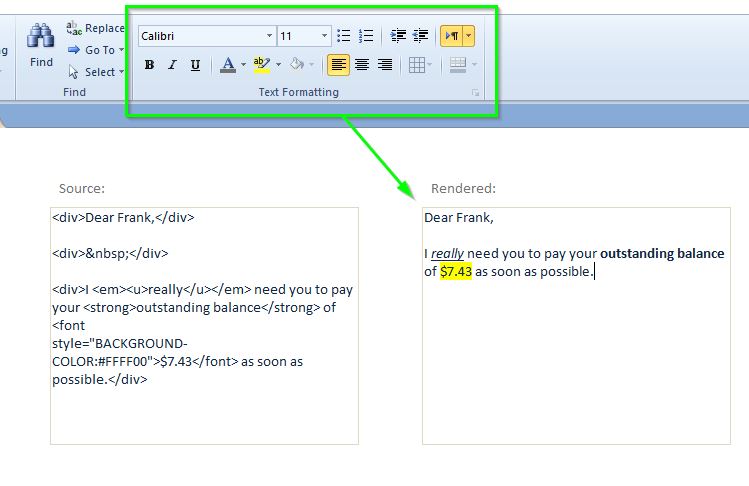This is obviously an older topic, but there's information to add.
First, as far as I can tell, while BLOCKQUOTE is supported, I'm not sure that it can be created using the Rich Text GUI control. You can enter it in text that maps to a Rich Text control and it will be displayed differently (indented), though.
Second, while there's no Anchor/Link item in the GUI, if you type a URL into the Rich Text field, you will get a link as shown in the two examples below:
<a href="http://www.stackoverflow.com">http://www.stackoverflow.com</a>
<a href="mailto:[email protected]">mailto:[email protected]</a>
In both cases, I only typed the text between the start and end tags.
Third, there are additional HTML entities supported besides those mentioned above -- & for ampersand (&) and " for double quotation marks (").
I typed all of the special characters on a U.S. keyboard into a Rich Text control, and here's what I got:
<div>`~ ! @ # $ % ^ & * ( ) -_ = + [ { ] } \ | ; : ' " , < . > / ?</div>
Those make sense from an XML/HTML perspective.

